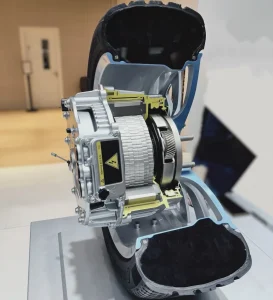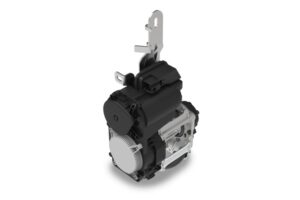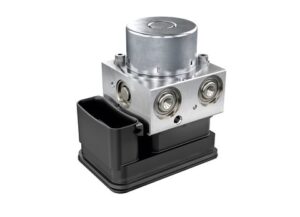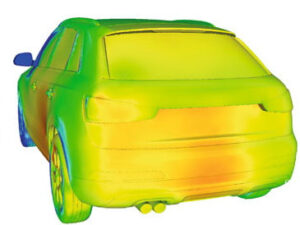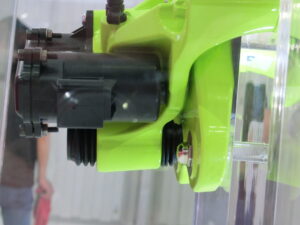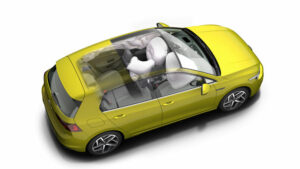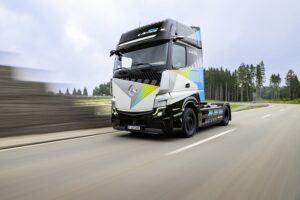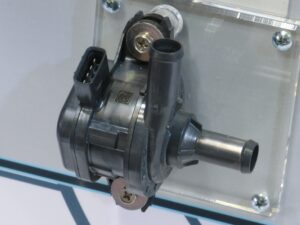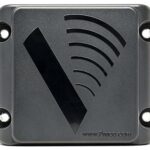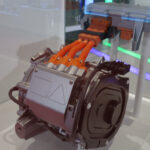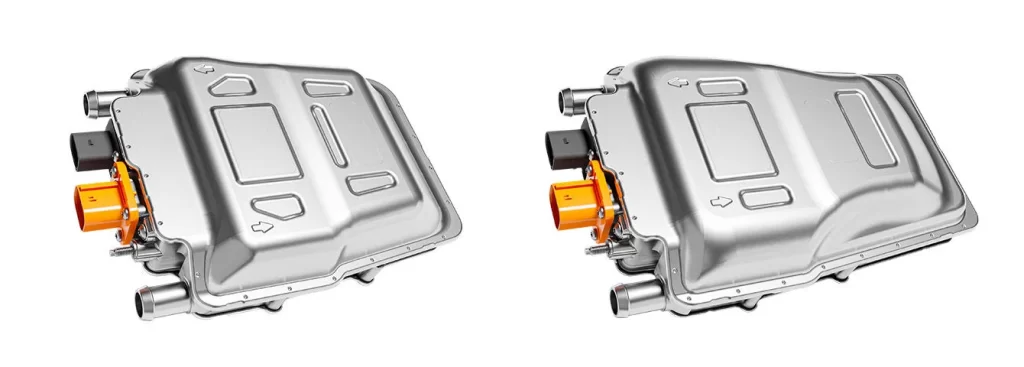
Every electric vehicle needs a heater, because the interior cannot be heated with heat from the engine as in fuel-powered vehicles.
The thin heating layer of the High Voltage Heaters is firmly bonded onto the heat exchanger having a large contact area. As a result, the three new HVHs heat up extremely fast and are highly efficient. Both the temperature and the heat output are infinitely and steplessly adjustable. This means that only the heat that is actually needed is produced. The service life of the High Voltage Heaters is between 15,000 and 25,000 heating hours.

The devices require very little installation space. Measuring 284 x 200 x 72 millimetres, the footprint of the HVH 100 Compact and HVH 100 Compact+ is smaller than a DIN A4 sheet of paper and they are only around 7 centimetres high. The HVH 120 is around 4 centimetres longer. The weight is 2.2 and 2.5 kilograms. No rare earths are used for the high-voltage heaters.
The heaters support low voltages of 12 or 24 volts (V) and heat in the high-voltage range from 250 to 880 V. Despite their compact size, the power packs deliver 10 and 12 kilowatts (kW) of heating power and are therefore particularly efficient. If the heat requirement for passenger or cargo compartments is greater, several HVH can be combined. They heat the cabin and keep the batteries in their “comfort zone” between 25 and 30 degrees Celsius.
All three heaters are controlled via LIN bus (Local Interconnect Network). The HVH 100 Compact+ and the HVH 120 also utilise the faster CAN protocol (Controller Area Network), which is commonly used in commercial vehicles.
The three HVH are certified for various applications in accordance with CE, ECE-R10 and ECE-R122. They have active discharge support, for example to discharge the high-voltage circuit to a safe voltage range of below 60 V in milliseconds before working on the device. The high-voltage heaters are protected against cyber attacks and certified in accordance with ISO 21434. Functional safety is ensured in accordance with the specifications of ISO 26262 – the 10-kW variants with ASIL B, the 12-kW variant even with the highest level ASIL D (overheating) and thus for vehicles in which people are also sleeping. For special vibration requirements, the HVH 120 fulfils the current vibration standard ISO16750-3 (2023), profile XVI.

